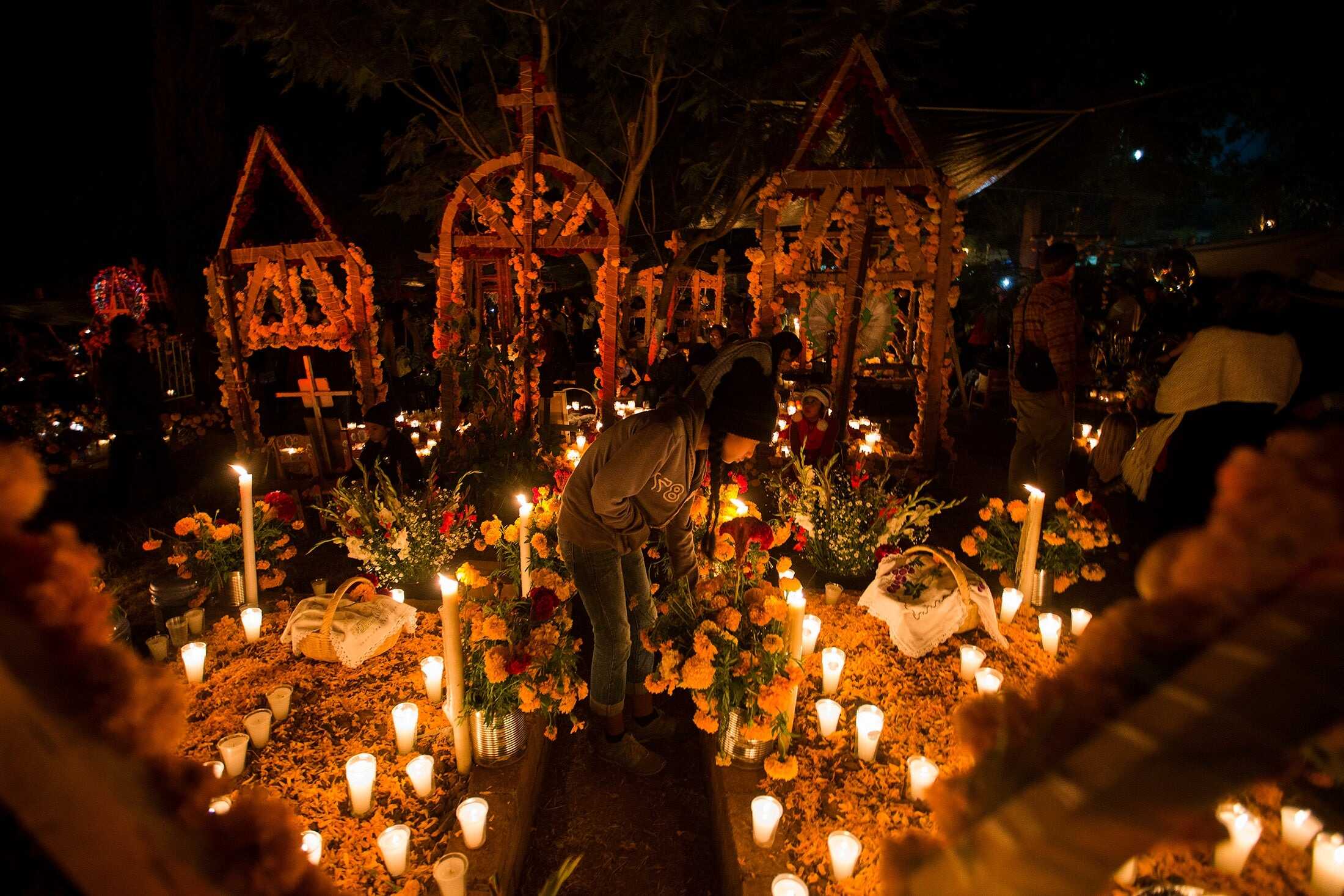Mysteries Of Mexico’s Day Of The Dead Festival

Have you ever wondered what makes Mexico's Day of the Dead festival so special? This vibrant celebration, known as Día de los Muertos, honors deceased loved ones with colorful altars, marigold flowers, and sugar skulls. Unlike Halloween, this tradition focuses on remembering and celebrating life rather than fearing death. Families gather to share stories, food, and music, creating a lively atmosphere that bridges the gap between the living and the dead. From the bustling streets of Mexico City to the quiet villages of Oaxaca, this festival offers a unique glimpse into Mexican culture and its deep-rooted beliefs about life and death.
What is the Day of the Dead Festival?
The Day of the Dead festival, or Día de los Muertos, is a vibrant Mexican tradition honoring deceased loved ones. Celebrated from October 31 to November 2, it combines indigenous rituals with Catholicism. Families create altars, or ofrendas, adorned with photos, marigolds, candles, and favorite foods of the departed.
Where to Experience the Day of the Dead Festival in Mexico
Mexico offers numerous places to experience this colorful festival. Each location has unique customs and celebrations, making it a memorable experience.
Mexico City
- Mexico City: The capital hosts grand parades, vibrant street performances, and elaborate ofrendas in public spaces. The Zócalo, the city's main square, becomes a hub of activity with giant skeletons and traditional dances.
Oaxaca
- Oaxaca: Known for its rich cultural heritage, Oaxaca offers a deeply traditional celebration. The city’s cemeteries, like Panteón General, come alive with candlelight vigils, music, and family gatherings. The streets are filled with colorful sand tapestries and lively processions.
Pátzcuaro
- Pátzcuaro: This small town in Michoacán is famous for its mystical celebrations on Janitzio Island. Locals paddle canoes adorned with candles across Lake Pátzcuaro, creating a mesmerizing sight. The island’s cemetery becomes a focal point for all-night vigils and traditional dances.
Mérida
- Mérida: In the Yucatán Peninsula, Mérida offers a unique blend of Mayan and Spanish traditions. The Paseo de las Ánimas, or Walk of the Souls, features a procession from the cemetery to the city center, with participants dressed as calaveras (skulls) and catrinas (elegant skeletons).
San Andrés Mixquic
- San Andrés Mixquic: Located southeast of Mexico City, this village is renowned for its authentic Day of the Dead celebrations. The local cemetery becomes a sea of marigolds, candles, and ofrendas. Traditional dances and rituals highlight the deep-rooted customs of the community.
Aguascalientes
- Aguascalientes: Home to the Festival de Calaveras, Aguascalientes offers a modern twist on the traditional celebration. The festival includes concerts, art exhibitions, and a parade featuring giant skeleton puppets. The city’s streets are adorned with colorful decorations and lively performances.
San Miguel de Allende
- San Miguel de Allende: This picturesque town combines colonial charm with vibrant festivities. The La Calaca Festival features art installations, music, and dance performances. The town’s central plaza becomes a gathering place for locals and visitors to celebrate together.
Tuxtepec
- Tuxtepec: In Oaxaca’s northern region, Tuxtepec is known for its intricate tapetes de aserrín (sawdust carpets). These colorful carpets depict religious and cultural themes, lining the streets and creating a stunning visual display. The town’s celebrations include traditional music and dances.
Guadalajara
- Guadalajara: As Mexico’s second-largest city, Guadalajara offers a mix of traditional and contemporary celebrations. The city’s main square hosts a grand ofrenda and a parade featuring giant skeletons. Local markets sell traditional Day of the Dead crafts and foods.
Morelia
- Morelia: This colonial city in Michoacán is known for its beautiful architecture and rich cultural traditions. The city’s cemeteries, like Panteón Municipal, are adorned with marigolds and candles. The streets come alive with music, dance, and traditional ofrendas.
Xcaret
- Xcaret: Located in the Riviera Maya, Xcaret Park offers a unique Day of the Dead experience. The Festival of Life and Death Traditions features performances, workshops, and exhibitions celebrating Mexican culture. The park’s natural beauty provides a stunning backdrop for the festivities.
Embracing the Spirit of Day of the Dead
Mexico's Day of the Dead festival is more than just a celebration. It's a heartfelt tribute to loved ones who have passed away. This vibrant event, filled with colorful altars, sugar skulls, and marigold flowers, showcases the deep connection between life and death in Mexican culture. Participating in this festival offers a unique opportunity to understand and appreciate these traditions. Whether you're exploring the bustling streets of Oaxaca or the serene cemeteries of Michoacán, the spirit of the festival is palpable. It's a reminder that death is not an end but a continuation of the journey. So, if you ever get the chance, immerse yourself in the Day of the Dead. You'll leave with a deeper appreciation for life, love, and the memories that bind us all.

